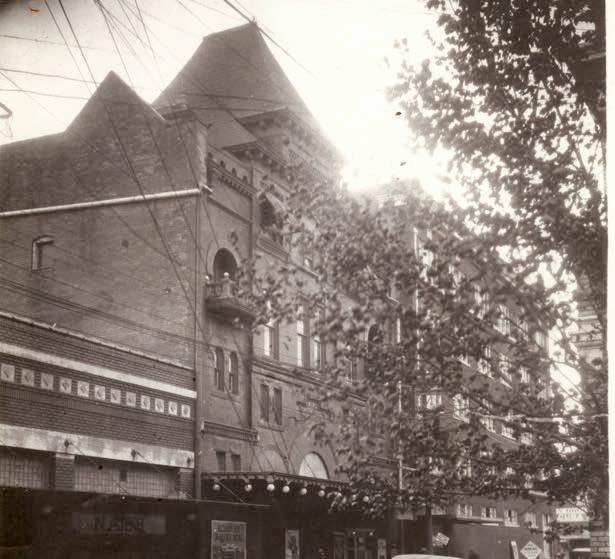
2 minute read
The First Participating Cities
from TMRS Newsletter
Here is some history about our first participating cities.
Bryson
Advertisement
The history of Bryson reflects the history of Texas itself. The city began life as a hub for cattlemen, then the Chicago, Rock Island and Texas Railways brought industry to town. Oil was discovered in the area in the late 19th century, which led to a population boom in the early 1900s. Bryson is now home to a vibrant community that epitomizes small town Texas charm.
Denison
Denison is located 50 miles north of Dallas, along the Oklahoma-Texas border. In 1890, President Dwight D. Eisenhower was born in a modest two-story house in downtown Denison. But the city is more than a historical footnote. It is a place of immense natural beauty. From the Dwight D. Eisenhower state park to the nearby Hagerman National Wildlife Refuge on lake Texoma, Denison is one of Texas’ most beautiful small towns.
is the largest in the United States and extends 20,000 feet below ground.
Greenville
Greenville is located about 50 miles northeast of Dallas and boasts a deep and fascinating history. In the early 20th century, the city was known as the cotton capital of the world. Mills from around the globe sought out Greenville cotton.
The city’s most famous son is Audie Murphy, the most decorated American soldier in WWII. From his humble roots as a sharecropper’s son, he rose to fame due to his courage in the face of unimaginable hardship.
Mart Post Office, which is home to the mural “McLennan Looking for a Home.” The mural depicts early Scottish settler, Neil McClennan traveling through Texas in the 1830s. It is painted by the celebrated artist Jose Aceves, whose works still hang in galleries across the world today.
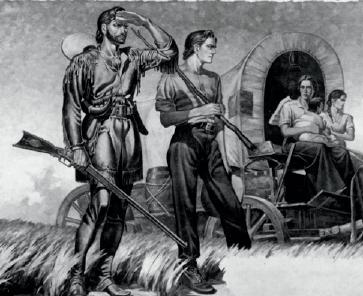
Grand Saline
Grand Saline is located about 70 miles east of Dallas. Since the area was first settled by the Caddo and Cherokee Indians, life in Grand Saline has revolved around the large salt deposits located there. In the 1930s, up to 500 tons of salt per day were produced in the city’s salt mines. This 250-million-year-old salt dome
Lampasas
Lampasas is located in central Texas, 70 miles northwest of Austin. Before the first European settlers, Comanches, Tonkawas and Apaches were all drawn to the area due to its natural mineral springs, which produce more than 3,000,000 gallons of water per day. Since the 1800s, Lampasas has been an agricultural hub of central Texas.
Mart

Mart is a town of 1,700 people located just east of Waco. In the early 1900s, it was one of the first communities in the area to introduce such luxuries as sidewalks, telephone lines and electricity.
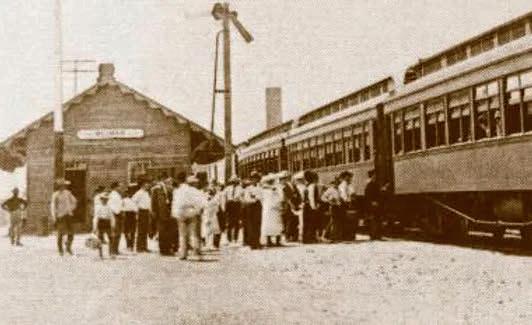
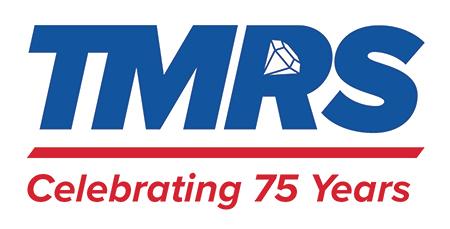
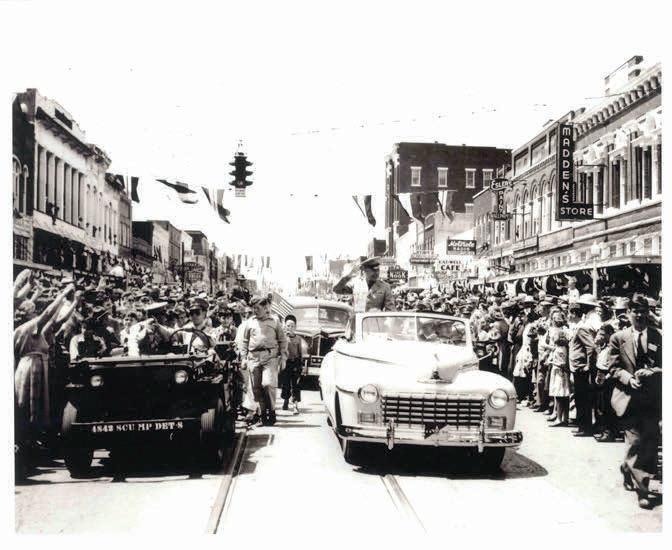
This same pioneering spirit is on display at the



Somerville
Somerville is located halfway between Austin and Houston on the idyllic shores of Somerville lake. In the 1880s, the Santa Fe Railway constructed a new line through the area and population boomed. In fact, the city is named after Albert Somerville, the first president of the Gulf, Colorado and Santa Fe Railway.
Weimar
Weimar is located along Highway 90, in between San Antonio and Houston. This city’s name reflects its location in Texas’ “German Belt,” a large area in the south central part of the state that attracted German immigrants beginning in the 1830s. ★
TMRS’ 75th Anniversary Honored by Governor & Texas Legislature
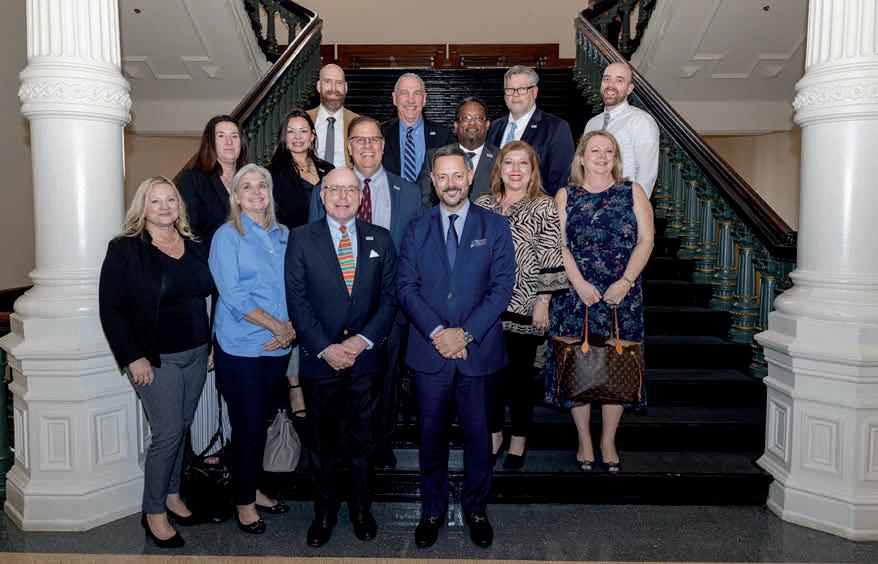
On February 28, Texas state Representative Rafael Anchia, former chair of the House Pensions, Investments and Financial Services Committee, introduced House Concurrent Resolution No. 66 that recognized the 75th anniversary of TMRS. The Resolution passed unanimously. Members of TMRS’ Senior Staff were in attendance and acknowledged for their hard work on behalf of TMRS Members.
We are also honored to have been recognized by Governor Abbott for our many years of service.
You can read the full resolution, the Governor’s recognition, and learn more about TMRS’ 75th anniversary celebrations on tmrs.com/TMRS_75th_Anniversary. ★


